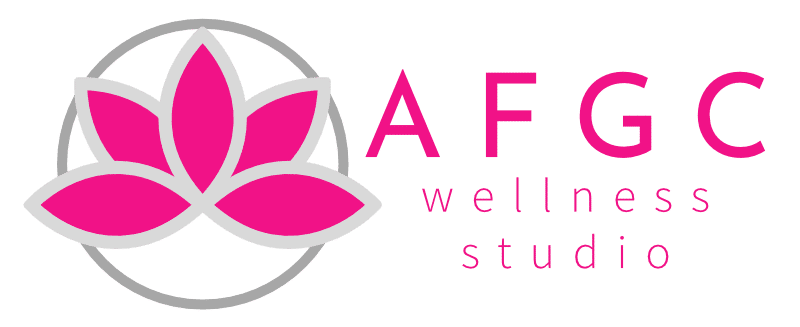You might not think about it regularly, but your core and abdominal muscles enable you to perform most everyday movements. A motion as simple as turning your torso to one side, sitting down, picking things up, or pouring a cup of coffee engage your transverse abdominal muscles in a subtle way. Your core also plays a vital role in helping you prevent back pain and discomfort, as well as keeping your posture strong and upright without fatigue.
Some of the more important core muscles are the transverse abdominal muscles, located deep within the “six-pack” abs area. They run horizontally underneath the ab muscles and are the muscles that can show the definition of a six-pack. Any time that a limb moves, these muscles are recruited to make the movement happen.
The transverse abdominal muscles also play a key role in keeping the pelvis stable. They act as a muscular girdle around your waistline and are absolutely crucial to literally every movement. According to the Mayo Clinic, the transverse abdominals are the muscles you feel contracting when you cough.
Though fitness improves quality of life at any age, it becomes increasingly more important as we age to keep the foundation strong.
It’s a common misnomer that all ab targeting exercises are strenuous on the back. Strong abdominals help to protect the back. All exercises can be adapted to minimise back discomfort. Of course if you feel any pain while training, stop, check in with yourself, and consult a doctor if necessary.
How to target your abs
You can gain strength and density in your abdominal muscles if you dedicate some time in your weekly schedule to push them to their limits. Not only will this help prevent injury, but it will help you tighten your physique in all of the right places. Who doesn’t want to become a more fit, capable version of themselves?
There are plenty of exercises you can perform to ignite your transverse abdominals, but these moves are amongst the most versatile. They can be done with next to no equipment, with very little space required.
Exercises
Try incorporating these exercises into your regular routine to strengthen your transverse abdominal muscles.
1. Plank hold
No equipment required. Yoga mat optional.
How to perform
- Start by lying on the ground on your stomach.
- Elevate your body onto your forearms and toes.
- Focus on keeping your heels, glutes, and shoulders all in line with each other. Do not let your glutes or back sag toward the ground.
- Hold this position for 30 to 60 second segments (adjust it to adequately challenge yourself).
2. Squirm heel touches
No equipment required. Yoga mat optional.
How to perform
- Start flat on your back with your knees bent in a 90-degree angle and your feet flat on the ground.
- Raise your shoulder blades off the ground and reach for one heel, then the other. Perform your reaches back to back so that you’re mimicking a seesaw motion.
- Perform 3 sets of 30 repetitions (15 on each side).
Remember to stretch
Since you frequently use them without knowing it, it’s important to stretch your abs daily, especially before and after exercise. Here is a simple stretch to target that entire region:
- Lie on your stomach.
- Place your hands underneath your shoulders and push your torso upwards, so that your back is tight and there’s a pulling or stretching feeling in your abdomen.
- Hold this position for up to a minute.
- Feel free to keep adjusting your hands back towards your hips to get a deeper stretch in your abs.
Source: https://www.healthline.com/health/fitness-exercise/transverse-abdominal-exercises#Remember-to-stretch

